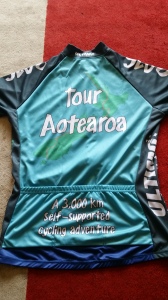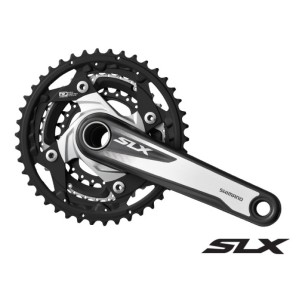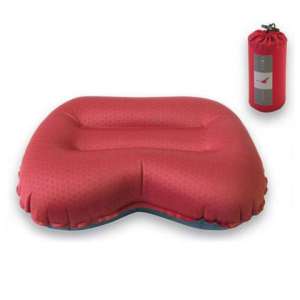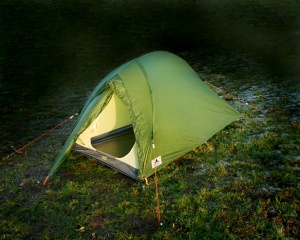
Toku haerenga translates to my journey. It was a very private trip shared with about 250 riders, thousands of dot followers, immersed by half the population of New Zealand and thrust on the wider world by the power of the web, so as I say a private and very personal journey.
One of the interesting aspects of Tour Aotearoa (TA) looking back was the the Facebook forum, it was a wealth of knowledge, lively debate and a meeting place for a group of people I now genuinely call friends.
Somehow all of this had to fit
Traveling to the start for me was part of the journey flying to Auckland around midnight, was meant to arrive around 10 pm but flight delayed, this became a real pain as I had no fuel for my stove and was going to by at the shops but they were now closed more of this later.
So I spent the night in the terminal chatting to Sam Davidson and an ever growing crowd of TA riders till 6 in the morning when we caught the bus up to Waitiki Holiday Park. It may not of been the cheapest way to travel but I would do it again, it was easy and got to meet some great people many of whom I rode on this epic odyssey, anyone that was on the bus will remember our conductor the shrinking violet Kevin Searle.
Arriving at the Waitiki Holiday Park the great unloading and assemble began and like many the destination for the day was Tapotupotu campsite. So before I had even set off disaster struck and the buckle on my seat pack snapped, so with cable ties and string and no fuel I set off for Tapotupotu.

So glad I did it was an amazing place to spend the night coming down to the beach was everything you see in the pictures and more.
That night I was given free fuel and fed thanks to Erick and Greg I soon realised this was just a cunning plan to shed some weight which I was more than happy to carry 🙂
Finally the day I had spent the last year plotting, planing and preparing for was here
Well the next couple of days !!!!
































 I was able to keep it simple in one respect as Shimano is the tool of choice, as it works with the rest of my gear and of their ranges I really was looking at Deore and SLX nothing above or below so firmly in the middle of quality and price.
I was able to keep it simple in one respect as Shimano is the tool of choice, as it works with the rest of my gear and of their ranges I really was looking at Deore and SLX nothing above or below so firmly in the middle of quality and price.
 22.
22.























